|
The Caesar Creek Collaborative is a group of local agencies, university partners, community organizations, agricultural producers, residents, and volunteers whose mission is to improve and maintain the water quality and soil health of the Caesar Creek Lake and surrounding region.
Our goals are to involve local stakeholders and partners; study the region; develop a plan for water and soil health improvement that includes a variety of projects; secure funding for projects; and to work with stakeholders and partners to accomplish projects. |
|
|
CAESAR CREEK LAKE WATERSHED
The Caesar Creek Lake Watershed is 237 square miles consisting of agricultural, urban, and rural land types across Warren, Greene and Clinton Counties. This watershed collects water in Caesar Creek Lake which drains to the Little Miami River. The lake was designed and constructed by the Army Corps of Engineers as regional flood control, but has benefited the surrounding community with its recreational benefits and beauty. The lake is also a drinking water source for the City of Wilmington. On the south side of the watershed resides Caesar Creek State Park.
|
|

